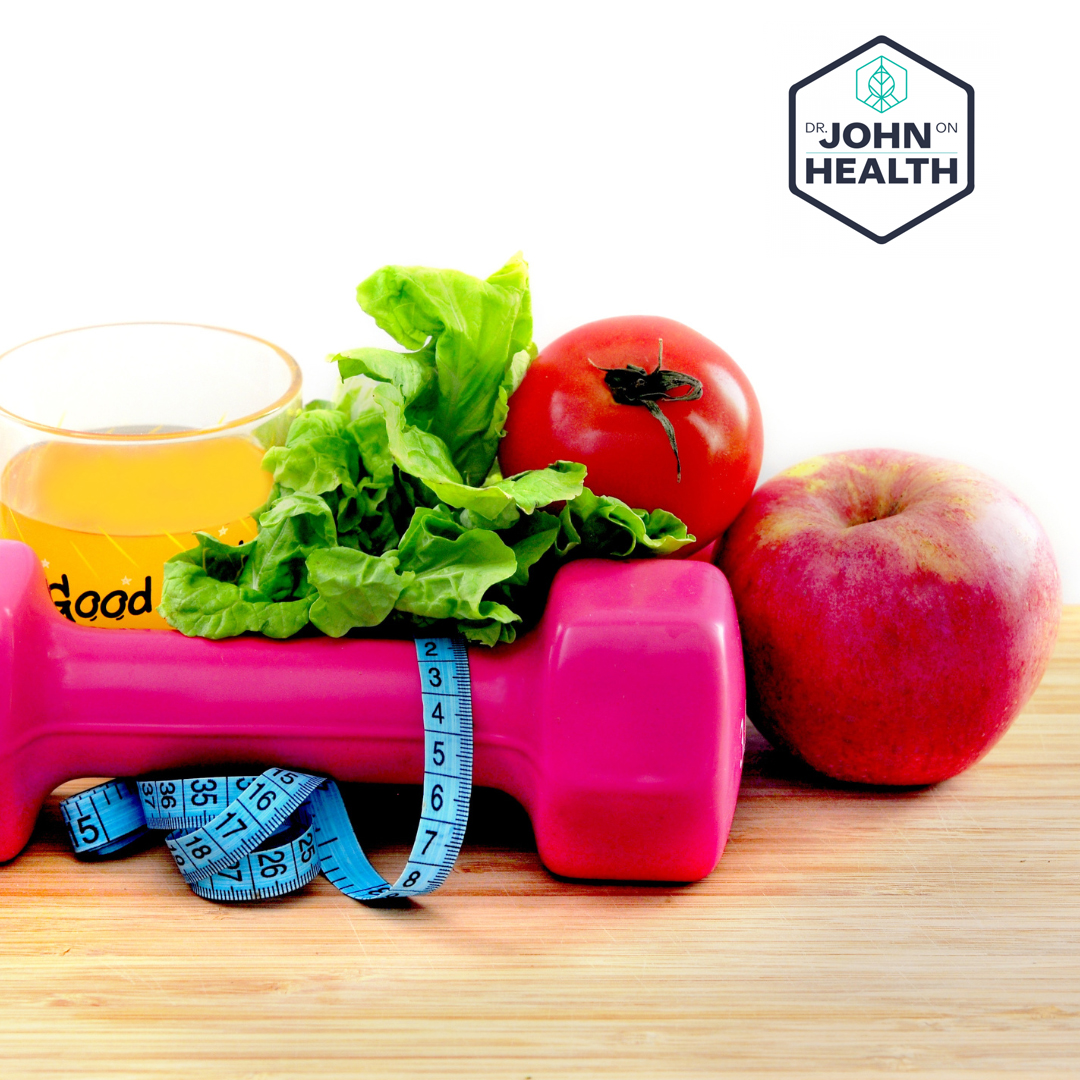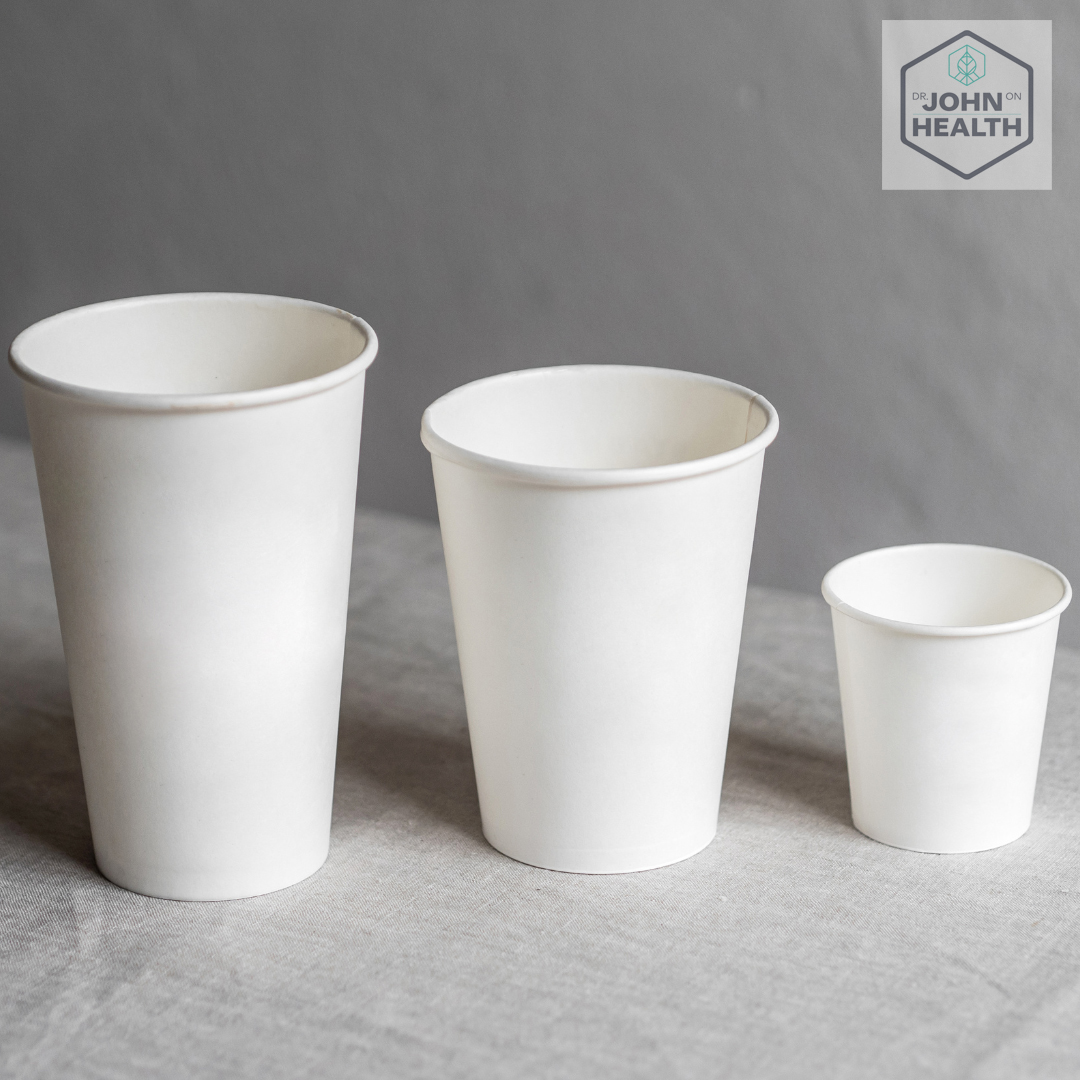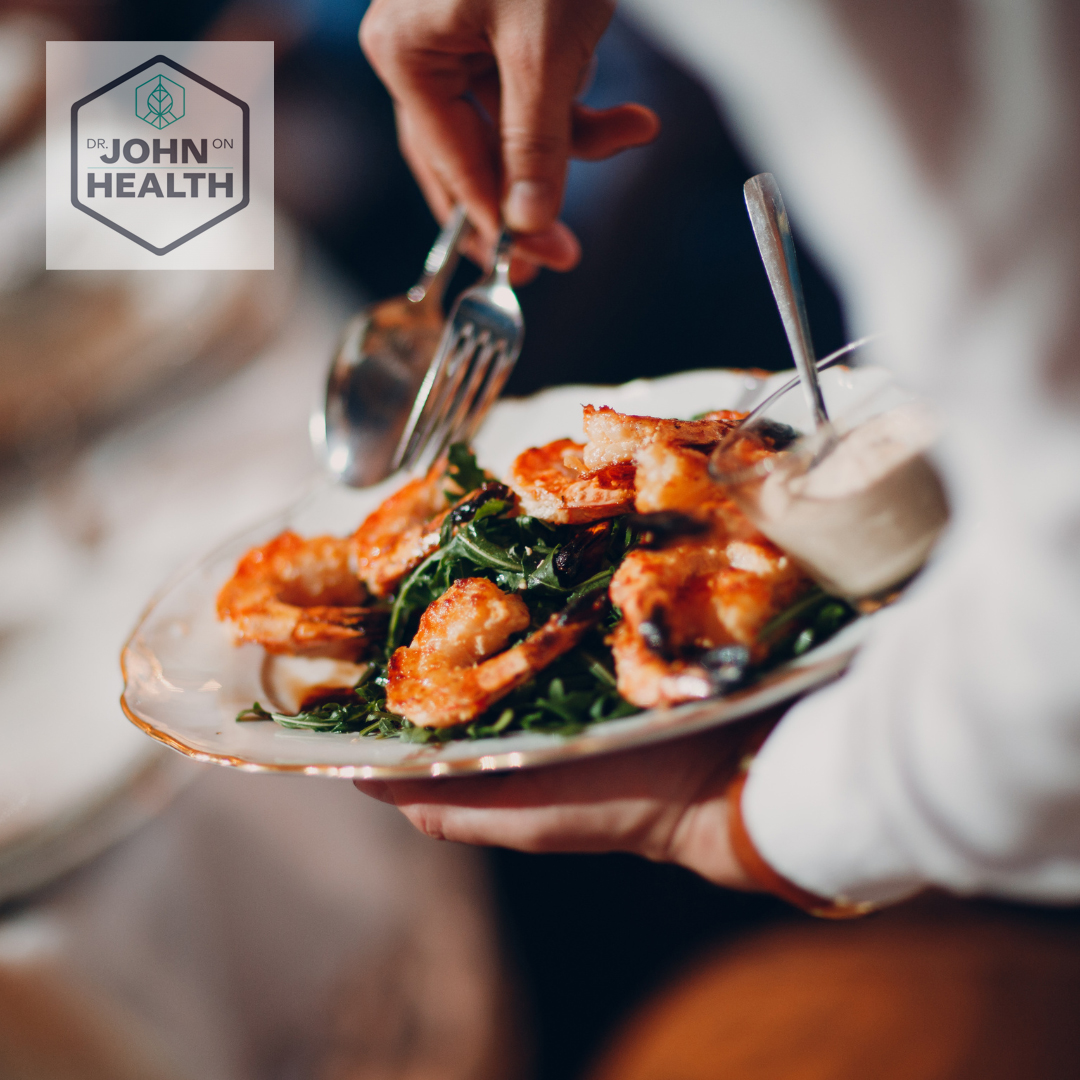

It’s easy to overlook the strength and discipline you already possess. Consider areas of your life where you’ve consistently demonstrated willpower:
- Punctuality at work: Getting to your job on time each day requires commitment and self-discipline.
- Financial responsibility: Paying your mortgage or rent on time each month shows financial self-control.
- Household maintenance: Cleaning your house every Saturday without fail demonstrates consistency and dedication.
These examples highlight that you already possess the willpower needed to make positive changes. By recognizing this, you can apply the same mindset to other areas of your life, such as your eating habits.
Determining the Right Portion Size
Understanding appropriate portion sizes is crucial for maintaining a balanced diet. While individual needs vary, there are general guidelines to help you gauge portions without the need for precise measurements. Frankly, it’s impossible for me—or anyone—to tell you the right portion size for you. How much you should eat changes each day based on your nutrient and energy needs.
However, there is an approach I recommend: notice how much you’re eating at each meal before you receive the signal of decreased enjoyment. Then, figure out your average amounts for different foods. Over time, you’ll learn how much you should serve yourself for each type of meal you buy or prepare.

By the way, beware of portion sizes in restaurants. At your favorite restaurant, the portions designated as “small” might conform to the concept of moderation. But keep in mind that every restaurant can—and does—differ in the size of its portions.
In addition, restaurants can simply rename their portion sizes (and change prices) to make customers believe they’re eating moderately. Worse yet, many restaurants change the appearance of their servings to make unhealthy food look healthier—or they re-label old recipes with a healthy name to fool customers.
One trick to use in restaurants is to share plates with your spouse, significant other, or friends. One of you might order a meat or fish dish while the other orders a salad entrée. You may be surprised how satisfied you are with just eating half of each of these dishes—or maybe even less!
At Home:
- Visual Cues: Use your hand as a guide: a palm-sized portion for protein, a fist-sized portion for carbohydrates, and a cupped hand for fruits or vegetables.
- Plate Method: Fill half your plate with vegetables, a quarter with lean protein, and a quarter with whole grains.
Smaller Dishes: Using smaller plates and bowls can help control portions and prevent overeating.

When Dining Out:
- Share Dishes: Consider sharing plates with a dining companion to control portion sizes and reduce calorie intake.
- Ask for Half Portions: Requesting a half portion or a children’s meal can help manage portion sizes.
- Box Up Leftovers: Ask for a to-go box when your meal arrives and immediately pack away half to avoid overeating.
By implementing these strategies, you can better manage portion sizes and make healthier choices that align with your goals.
John Poothullil practiced medicine as a pediatrician and allergist for more than 30 years, with 27 of those years in the state of Texas. He received his medical degree from the University of Kerala, India in 1968, after which he did two years of medical residency in Washington, DC and Phoenix, AZ and two years of fellowship, one in Milwaukee, Wisconsin and the other in Ontario, Canada. He began his practice in 1974 and retired in 2008. He holds certifications from the American Board of Pediatrics, The American Board of Allergy & Immunology, and the Canadian Board of Pediatrics.During his medical practice, John became interested in understanding the causes of and interconnections between hunger, satiation, and weight gain. His interest turned into a passion and a multi-decade personal study and research project that led him to read many medical journal articles, medical textbooks, and other scholarly works in biology, biochemistry, physiology, endocrinology, and cellular metabolic functions. This eventually guided Dr. Poothullil to investigate the theory of insulin resistance as it relates to diabetes. Recognizing that this theory was illogical, he spent a few years rethinking the biology behind high blood sugar and finally developed the fatty acid burn switch as the real cause of diabetes.Dr. Poothullil has written articles on hunger and satiation, weight loss, diabetes, and the senses of taste and smell. His articles have been published in medical journals such as Physiology and Behavior, Neuroscience and Biobehavioral Reviews, Journal of Women’s Health, Journal of Applied Research, Nutrition, and Nutritional Neuroscience. His work has been quoted in Woman’s Day, Fitness, Red Book and Woman’s World.Dr. Poothullil resides in Portland, OR and is available for phone and live interviews.To learn more buy the books at: amazon.com/author/drjohnpoothullil
Visit drjohnonhealth.com to learn more. You can also contact him at john@drhohnonhealth.com.
Or follow us on:
Instagram: instagram.com/DrJohnOnHealth
Facebook: facebook.com/JohnOnHealth
Youtube : @DrJohnPoothullil

